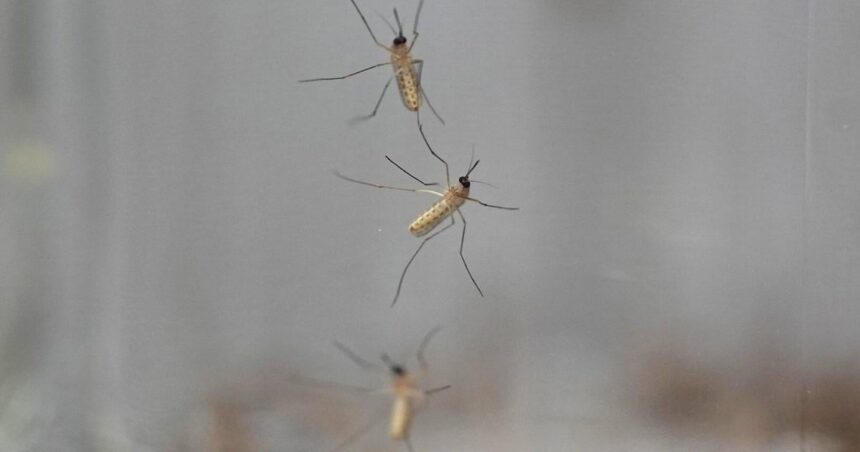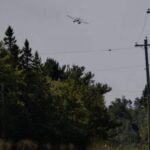In a strategic move to bolster public health vigilance, British Columbia health officials have deployed specialized mosquito traps throughout the picturesque Sea-to-Sky corridor, transforming this tourist haven into a critical surveillance zone for potential disease vectors. The initiative, launched earlier this month, represents a significant expansion of the province’s entomological monitoring program amid growing concerns about climate-driven changes in mosquito populations and their associated health risks.
“What we’re seeing is a proactive response to shifting ecological patterns,” explains Dr. Bonnie Henry, BC’s Provincial Health Officer. “With warming temperatures extending mosquito seasons and potentially introducing new species to the region, we can’t afford to operate on outdated assumptions about vector distribution.”
The surveillance network stretches from West Vancouver through Squamish and Whistler to Pemberton, with strategically placed traps designed to capture and identify mosquito species of particular concern. Health officials are especially monitoring for species capable of transmitting West Nile virus, which has gradually expanded its range in Western Canada over the past decade.
The specialized traps employ a sophisticated dual-action mechanism, utilizing both CO2 attractants and specific light wavelengths to maximize collection efficiency across different mosquito species. Once collected, specimens undergo meticulous laboratory analysis to identify both established and potentially invasive species.
According to the BC Centre for Disease Control, this enhanced surveillance program was accelerated following last year’s detection of several mosquito species previously uncommon to the region. “We’re witnessing ecological shifts that demand our attention,” notes entomologist Dr. Manisha Kulkarni, who leads the provincial mosquito surveillance team. “The Sea-to-Sky corridor’s unique microclimate creates ideal conditions for studying how mosquito populations respond to environmental changes.”
The initiative has garnered support from municipal governments throughout the corridor, with local officials recognizing the dual benefit of protecting public health while enhancing the region’s reputation as a destination that prioritizes visitor safety. “Tourism and public health shouldn’t be viewed as competing interests,” remarked Whistler Mayor Jack Crompton. “Our visitors expect world-class experiences backed by world-class safety measures.”
Beyond merely identifying potential disease vectors, the program incorporates sophisticated data modeling to predict mosquito population dynamics and potential transmission risks. This predictive capability enables public health authorities to implement targeted preventive measures before mosquito-borne illness outbreaks can gain momentum.
Environmental health specialists emphasize that this surveillance expansion reflects a broader shift toward anticipatory public health practices. “We’re moving away from reactive approaches toward predictive models that allow us to stay ahead of emerging threats,” explains Dr. Sarah Thompson, an environmental health officer with Vancouver Coastal Health. “The data collected through this program will inform everything from public education campaigns to targeted intervention strategies.”
Funding for the expanded surveillance comes from a combination of provincial health allocations and research grants focused on climate adaptation. The multi-year project includes provisions for community education and engagement, with residents encouraged to report unusual mosquito activity through a dedicated mobile application.
As global climate patterns continue to shift, how will our approach to monitoring disease vectors evolve to protect public health while respecting ecological balance?
























